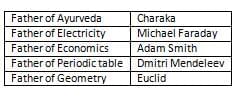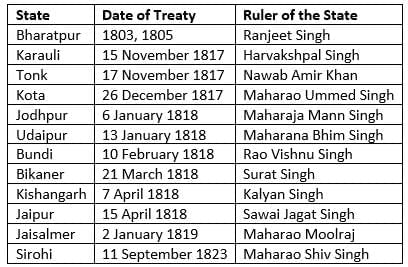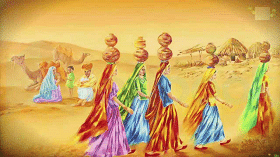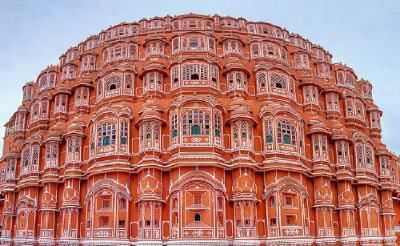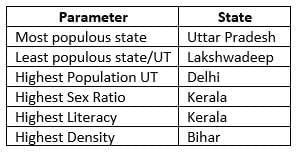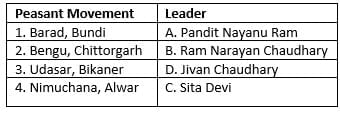RSMSSB Librarian Grade-III Paper 1 Mock Test- 3 - RPSC RAS (Rajasthan) MCQ
30 Questions MCQ Test - RSMSSB Librarian Grade-III Paper 1 Mock Test- 3
In which of the following district/districts of Rajasthan all seats of the chairperson of Panchayati Raj institutions at all levels are being reserved for the person belonging to the scheduled tribes?
A) Banswara
B) Dungarpur
C) Pratapgarh
D) Sirohi
Choose the correct option:
Who is regarded as the "father of the atomic bomb"?
Which one of the following processes is NOT accompanied by a chemical change?
Which of the following rulers founded the Jaisalmer city of Rajasthan?
Read the following statement about 'Vijay Stambha'-
(i) It is a nine story tower.
(ii) Mandan was its main architect.
Choose the correct code-
Under the leadership of whom 'Azad Morcha' was formed in Jaipur?
Which Raja of Bharatpur was the first to make a subsidiary treaty with the British in Rajasthan?
The company officer, who was assassinated in Kota during the Revolution of 1857 –
Which of the following monument was built by Sawai Pratap Singh?
The base year for Rajasthan's whole sale Price Index is:
According to Census 2011, which among the following is the overall literacy rate of India?
Women, Business and the Law 2024 report is released by
Match the following peasant Movements with their related leaders?



